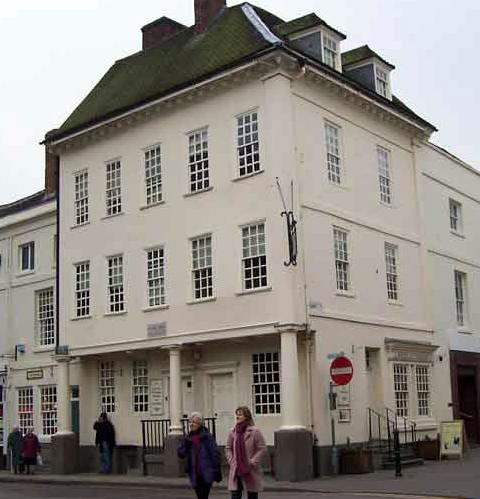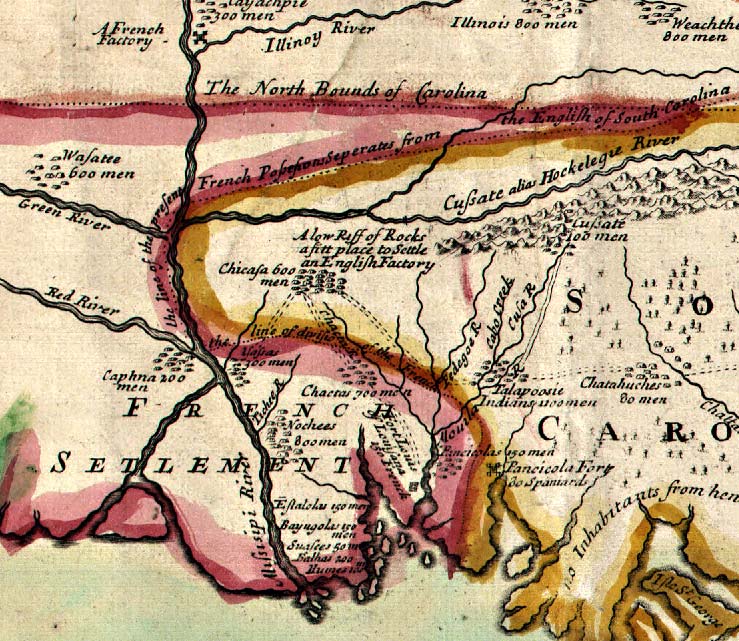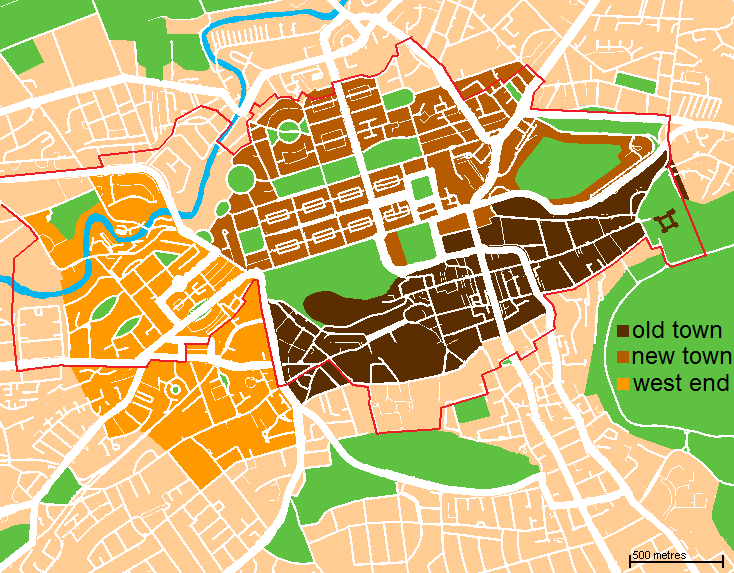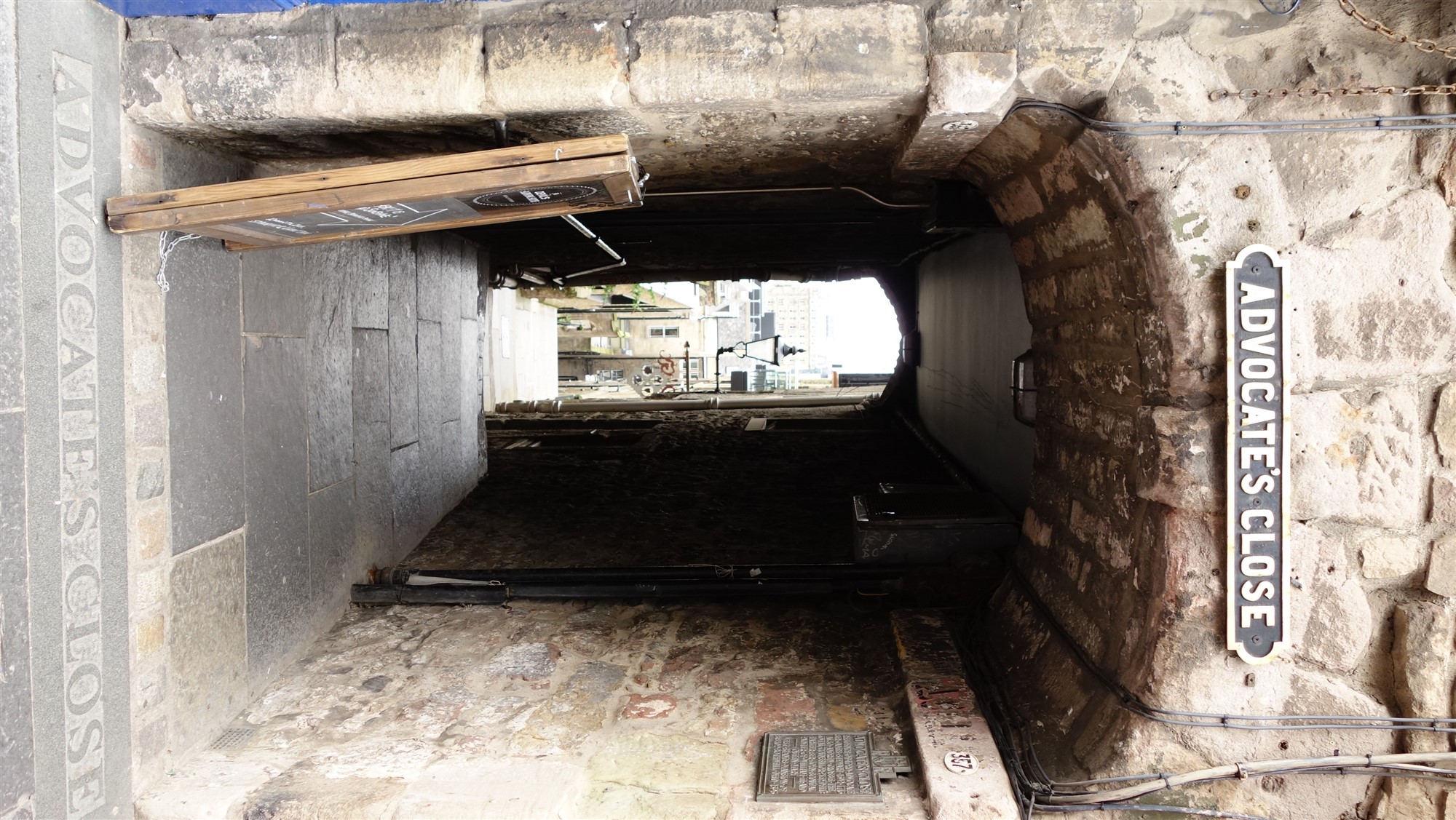|
Andrew Crosbie
Andrew Crosbie of Holm FRSE FSAScot (1736–1785) was a Scottish lawyer and antiquarian, and a notable figure of the Scottish Enlightenment. He was a close friend and companion of James Boswell and with him co-wrote the legal song ''The Justiciary Opera'', sung by generations of Scottish advocates. Life He was born in the Soutergate, Dumfries, the only surviving son of Andrew Crosbie of Holm (d. 1762), the provost of Dumfries, and his wife, Jean Grierson. His early education was at Dumfries Academy.Oxford Dictionary of National Biography: Andrew Crosbie He studied law at the University of Edinburgh, and was admitted to the Faculty of Advocates in 1757. In 1769, together with James Boswell, he helped to fund the Corsican rebels fighting under Pasquale Paoli. Around 1770, he began building his own house on St Andrews Square at the east end of the then first phase of Edinburgh's New Town. However he was financially ruined in 1772 by the demise of Douglas, Heron & Co, a ba ... [...More Info...] [...Related Items...] OR: [Wikipedia] [Google] [Baidu] |
FRSE
Fellowship of the Royal Society of Edinburgh (FRSE) is an award granted to individuals that the Royal Society of Edinburgh, Scotland's national academy of science and letters, judged to be "eminently distinguished in their subject". This society received a royal charter in 1783, allowing for its expansion. Elections Around 50 new fellows are elected each year in March. there are around 1,650 Fellows, including 71 Honorary Fellows and 76 Corresponding Fellows. Fellows are entitled to use the post-nominal letters FRSE, Honorary Fellows HonFRSE, and Corresponding Fellows CorrFRSE. Disciplines The Fellowship is split into four broad sectors, covering the full range of physical and life sciences, arts, humanities, social sciences, education, professions, industry, business and public life. A: Life Sciences * A1: Biomedical and Cognitive Sciences * A2: Clinical Sciences * A3: Organismal and Environmental Biology * A4: Cell and Molecular Biology B: Physical, Engineering an ... [...More Info...] [...Related Items...] OR: [Wikipedia] [Google] [Baidu] |
Samuel Johnson
Samuel Johnson (18 September 1709 – 13 December 1784), often called Dr Johnson, was an English writer who made lasting contributions as a poet, playwright, essayist, moralist, critic, biographer, editor and lexicographer. The ''Oxford Dictionary of National Biography'' calls him "arguably the most distinguished man of letters in English history". Born in Lichfield, Staffordshire, he attended Pembroke College, Oxford until lack of funds forced him to leave. After working as a teacher, he moved to London and began writing for ''The Gentleman's Magazine''. Early works include '' Life of Mr Richard Savage'', the poems ''London'' and '' The Vanity of Human Wishes'' and the play ''Irene''. After nine years' effort, Johnson's '' A Dictionary of the English Language'' appeared in 1755, and was acclaimed as "one of the greatest single achievements of scholarship". Later work included essays, an annotated ''The Plays of William Shakespeare'', and the apologue '' The History of ... [...More Info...] [...Related Items...] OR: [Wikipedia] [Google] [Baidu] |
1736 Births
Events January–March * January 12 – George Hamilton, 1st Earl of Orkney, becomes the first Field Marshal of Great Britain. * January 23 – The Civil Code of 1734 is passed in Sweden. * January 26 – Stanislaus I of Poland abdicates his throne. * February 12 – Francis I, Holy Roman Emperor marries Maria Theresa of Austria, ruler of the Habsburg Empire. * March 8 – Nader Shah, founder of the Afsharid dynasty, is crowned Shah of Iran on a date selected by court astrologers. * March 31 – Bellevue Hospital is founded in New York. April–June * April 14 – The Porteous Riots erupt in Edinburgh (Scotland), after the execution of smuggler Andrew Wilson, when town guard Captain John Porteous orders his men to fire at the crowd. Porteous is arrested later. * April 14 – German adventurer Theodor Stephan Freiherr von Neuhoff is crowned King Theodore of Corsica, 25 days after his arrival on Corsica on March 20. His r ... [...More Info...] [...Related Items...] OR: [Wikipedia] [Google] [Baidu] |
Sir Walter Scott
Sir Walter Scott, 1st Baronet (15 August 1771 – 21 September 1832), was a Scottish novelist, poet, playwright and historian. Many of his works remain classics of European and Scottish literature, notably the novels '' Ivanhoe'', '' Rob Roy'', '' Waverley'', '' Old Mortality'', ''The Heart of Mid-Lothian'' and '' The Bride of Lammermoor'', and the narrative poems '' The Lady of the Lake'' and '' Marmion''. He had a major impact on European and American literature. As an advocate, judge and legal administrator by profession, he combined writing and editing with daily work as Clerk of Session and Sheriff-Depute of Selkirkshire. He was prominent in Edinburgh's Tory establishment, active in the Highland Society, long a president of the Royal Society of Edinburgh (1820–1832), and a vice president of the Society of Antiquaries of Scotland (1827–1829). His knowledge of history and literary facility equipped him to establish the historical novel genre as an exemplar of E ... [...More Info...] [...Related Items...] OR: [Wikipedia] [Google] [Baidu] |
Parliament House, Edinburgh
Parliament House ( gd, Taigh na Pàrlamaid) in the Old Town in Edinburgh, Scotland, is a complex of several buildings housing the Supreme Courts of Scotland. The oldest part of the complex was home to the Parliament of Scotland from 1639 to 1707, and is the world's first purpose-built parliament building. Located just off the Royal Mile, beside St Giles' Cathedral, Parliament House is also the headquarters of the Faculty of Advocates, the Society of Writers to His Majesty's Signet, and the Society of Solicitors in the Supreme Courts of Scotland. Other buildings in the complex include the Advocates Library and the Signet Library. The entire complex is a Category A Listed building. History In the 17th century, the Parliament of Scotland did not have a dedicated permanent home. Between 1438 and 1561, it had usually met in the Tolbooth in Edinburgh, a building which also housed the burgh council of Edinburgh and the Court of Session. From 1563 onwards Parliament regularly ... [...More Info...] [...Related Items...] OR: [Wikipedia] [Google] [Baidu] |
David Martin (artist)
David Martin (1 April 1737 – 30 December 1797) was a Scottish painter and engraver. Born in Fife, he studied in Italy and England, before gaining a reputation as a portrait painter. Early life Born in Anstruther Easter, he was the first of the five children of John Martin (1699/1700–1772), Anstruther Easter's parish schoolmaster, and his second wife, Mary Boyack (?1702–1783). Painting career Martin accompanied his art teacher, the portrait painter Allan Ramsay on his tour of Italy in 1756–7, and after returning became a student at the St Martin's Lane Academy in London. There he gained premiums for life drawing in each year from 1759 to 1761. He also joined Ramsay's studio in the 1760s as its principal draughtsman, helping to produce many of the coronation portraits of George III and Queen Charlotte. Martin had his own studio by 1770, by which time he had also produced his first self-portrait (now in the National Gallery of Scotland). It shows him with a clear fair ... [...More Info...] [...Related Items...] OR: [Wikipedia] [Google] [Baidu] |
William Creech
William Creech FRSE (12 May 1745 – 14 January 1815) was a Scottish publisher, printer, bookseller and politician. For 40 years Creech was the chief publisher in Edinburgh. He published the first Edinburgh edition of Robert Burns' poems, and Sir John Sinclair's influential "Statistical Accounts of Scotland". In publishing Creech often went under the pseudonym of Theophrastus. Life William was the son of Rev William Creech, a minister in Newbattle, Midlothian and his wife, Mary Buley. His father died when he was four months old and William spent time with his mother in both Perth and Dalkeith. He was educated at Dalkeith Grammar School then studied medicine at Edinburgh University. For two years (1766 to 1768) he travelled with William Strahan and Thomas Cadell to London and the continent, both France and Holland. After some time back in Edinburgh he went on a Grand Tour with Lord Kilmaurs in 1770, visiting France, Germany, Switzerland and Holland. His mother struck up a f ... [...More Info...] [...Related Items...] OR: [Wikipedia] [Google] [Baidu] |
Greyfriars Kirkyard
Greyfriars Kirkyard is the graveyard surrounding Greyfriars Kirk in Edinburgh, Scotland. It is located at the southern edge of the Old Town, adjacent to George Heriot's School. Burials have been taking place since the late 16th century, and a number of notable Edinburgh residents are interred at Greyfriars. The Kirkyard is operated by City of Edinburgh Council in liaison with a charitable trust, which is linked to but separate from the church. The Kirkyard and its monuments are protected as a category A listed building. History Greyfriars takes its name from the Franciscan friary on the site (the friars of which wear grey habits), which was dissolved in 1560. The churchyard was founded in August 1562 after Royal sanction was granted to replace the churchyard at St Giles' Cathedral in Edinburgh. The latter burial ground was not used after around 1600. The Kirkyard was involved in the history of the Covenanters. The Covenanting movement began with signing of the National Cov ... [...More Info...] [...Related Items...] OR: [Wikipedia] [Google] [Baidu] |
Dundas House
Dundas House is a Neoclassical building in Edinburgh, Scotland. It is located at 36 St Andrew Square, in the city's first New Town. The building was completed in 1774 as a private town house for Sir Lawrence Dundas by the architect Sir William Chambers. Much altered internally and extended over the years, today it is the registered office of the Royal Bank of Scotland and its parent, NatWest Group and is protected as a category A listed building. Background The site was previously occupied by a rural tavern known as "Peace and Plenty".http://www.oldedinburghclub.org.uk/wp-content/uploads/BOEC-OS/Volume-22.pdf This stood on the road from Edinburgh to Stockbridge, later called Gabriels Road, and still extant at its extremities. When the town council made plans for a New Town drawn up by James Craig in 1767, the site of Dundas House was shown as a proposed church, St. Andrew's (hence the name of the square), acting as a counterpart to St. George's Church on what became Charlotte ... [...More Info...] [...Related Items...] OR: [Wikipedia] [Google] [Baidu] |
Old Town, Edinburgh
The Old Town ( sco, Auld Toun) is the name popularly given to the oldest part of Scotland's capital city of Edinburgh. The area has preserved much of its medieval street plan and many Reformation-era buildings. Together with the 18th/19th-century New Town, and West End, it forms part of a protected UNESCO World Heritage Site. Royal Mile The "Royal Mile" is a name coined in the early 20th century for the main street of the Old Town which runs on a downwards slope from Edinburgh Castle to Holyrood Palace and the ruined Holyrood Abbey. Narrow '' closes'' (alleyways), often no more than a few feet wide, lead steeply downhill to both north and south of the main spine which runs west to east. Significant buildings in the Old Town include St. Giles' Cathedral, the General Assembly Hall of the Church of Scotland, the National Museum of Scotland, the Old College of the University of Edinburgh and the Scottish Parliament Building. The area contains underground vaults and hidden pass ... [...More Info...] [...Related Items...] OR: [Wikipedia] [Google] [Baidu] |
Royal Mile
The Royal Mile () is a succession of streets forming the main thoroughfare of the Old Town of the city of Edinburgh in Scotland. The term was first used descriptively in W. M. Gilbert's ''Edinburgh in the Nineteenth Century'' (1901), describing the city "with its Castle and Palace and the royal mile between", and was further popularised as the title of a guidebook by R. T. Skinner published in 1920, "''The Royal Mile (Edinburgh) Castle to Holyrood(house)''". The Royal Mile runs between two significant locations in the royal history of Scotland: Edinburgh Castle and Holyrood Palace. The name derives from it being the traditional processional route of monarchs, with a total length of approximately one Scots mile, a now obsolete measurement measuring 1.81km. The streets which make up the Royal Mile are (west to east) Castlehill, the Lawnmarket, the High Street, the Canongate and Abbey Strand. The Royal Mile is the busiest tourist Tourism is travel for pleasure ... [...More Info...] [...Related Items...] OR: [Wikipedia] [Google] [Baidu] |
Advocates Close
Advocates Close is a narrow and steep alley in Edinburgh of medieval origin, redeveloped in the early 21st century. With a multiplicity of steps it is not accessible to disabled persons. The close leads from Market Street at the foot of Cockburn Street to the Royal Mile, exiting opposite St Giles Cathedral close to the Supreme Court of Scotland. Viewing from the Royal Mile down the close it frames a view of the Scott Monument. History The street dates from at least the 15th century, and elements survive from at least the mid-16th century. At this time the street was a fashionable address, where the Scottish gentry and professionals would live with their family and servants. The name derives from the house of Sir James Stewart (Lord Advocate), Sir James Stewart who was Lord Advocate of Scotland. Adam Bothwell's house stands on the west side of the close and was originally accessed from Byers Close. By the 19th century the Edinburgh gentry had abandoned the Old Town and moved t ... [...More Info...] [...Related Items...] OR: [Wikipedia] [Google] [Baidu] |








